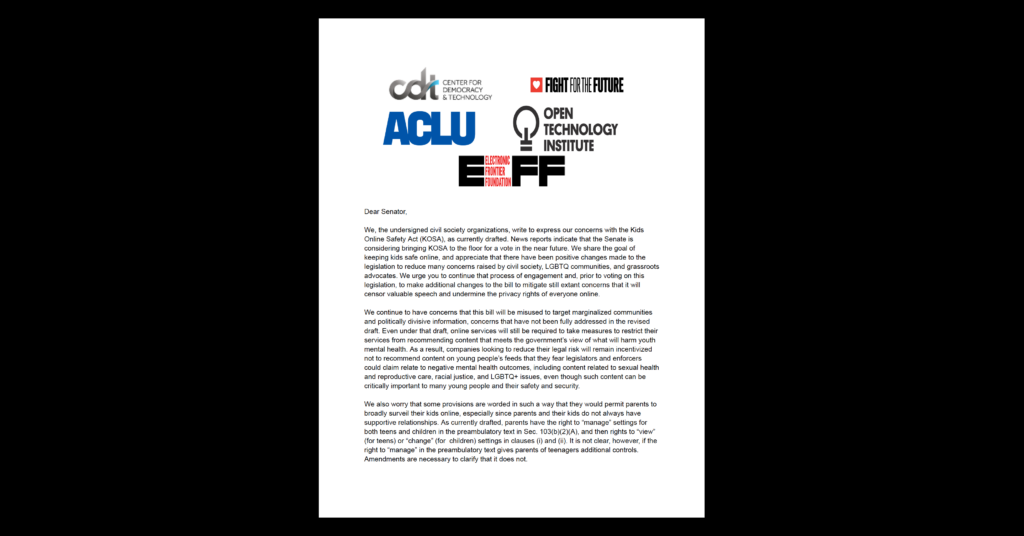Cybersecurity & Standards, Free Expression, Government Surveillance, Open Internet, Privacy & Data
Technology in the Courts: More Questions Than Settled Legal Answers
This insight was originally published by the American Bar Association. We’re publishing it here to make sure you get to read the important work our staff does every day.
Technology is evolving faster than legislation can be passed, and the burden of settling policy disputes increasingly falls to the courts. While most judges do not have technical backgrounds, we should encourage jurists to increase their understanding of technology so they are able to craft decisions rooted not only in law, but in reality.
As of September 2016, 87 percent of Americans and 99 percent of all 18- to 29-year-olds are online. We use the Internet to shop, pay bills, make political donations, and communicate with our lawyers, doctors, and accountants. Almost 70 percent of adult Americans use a smartphone to talk, text, email, snapchat, tweet pictures, hail a ride, or organize their lives. However, the U.S. Supreme Court has not similarly embraced the technological revolution. Only two of the justices are known to have a work email account; instead, the justices have their memos hand-delivered to each other.
This distance from technology can be seen in the Court’s questions and opinions. In United States v. Wurie, a 2014 case, the Court queried whether one might reasonably suspect a person carrying two phones of dealing drugs. Only four years earlier—and a full decade after text messaging was widely adopted—the Court heard oral arguments in City of Ontario v. Quon, where the Court focused on who “owned” text messages and asked questions about the difference between email and a pager. One justice queried what would happen if a text message was sent to a recipient at the same time he was texting someone else. “Does it say: ‘Your call is important to us, and we will get back to you?’” The Court also appeared baffled by the notion that text messages had to be routed through a service provider: “Well, I didn’t—I wouldn’t think that. I thought, you know, you push a button, it goes right to the other thing.”
In 2013, 73 percent of online adults were on a social networking site. That same year, Justice Antonin Scalia discussed the Internet with New York Magazine: “For example, I don’t know why anyone would like to be ‘friended’ on the network. I mean, what kind of a narcissistic society is it that people want to put out there, This is my life, and this is what I did yesterday? I mean … good grief. Doesn’t that strike you as strange? I think it’s strange.” In a case arguing that cell phones should not be subject to a warrantless search after arrest, one justice asked whether that same standard should apply to a compact disc. In a 2006 patent case, being told that the electronic market created by eBay was the company’s invention, the chief justice responded, “I mean, it’s not like he invented the internal combustion engine or anything. It’s very vague.” Another justice has asked questions about “Netflick.”
While many examples simply elicit a chuckle in response, at times the Court’s lack of knowledge moves from an amusing anecdote to an admitted inability to understand the technical issues. For example, …


